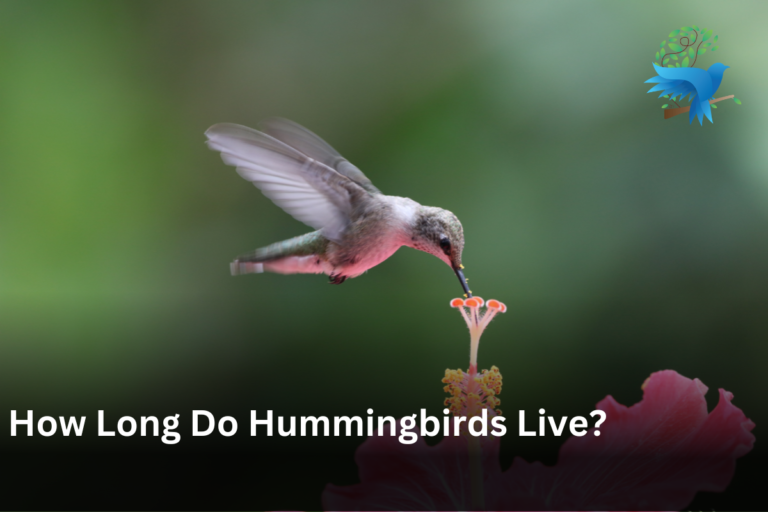Top 7 Flowers That Hummingbirds Love

Hummingbirds are fascinating creatures with their ability to hover mid-air and fly backward. They are attracted to brightly colored, nectar-rich flowers that provide them with the energy they need to fly around all day.
If you want to attract these delightful little visitors to your garden, here are seven flower that hummingbirds love. I have compiled a list of flowers that require minimal maintenance and are easy to grow in a garden.
Top 7 Flowers That Hummingbirds Love
Petunia
Petunias come in a variety of colors, but red, and pink flowers seem to be particularly enticing for hummingbirds. Yes, Hummingbirds love them.
A great way to attract hummingbirds to your garden is by planting a variety of petunias and other plants that they love. Mixing these plants together can create a more appealing environment for these birds to visit.
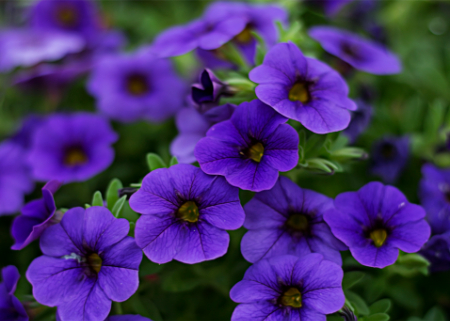
These trumpet-shaped beauties can grow up to 2 feet tall and make a stunning addition to any garden bed or hanging basket. The best part is that petunias are incredibly easy to grow and require minimal maintenance. Also, Petunias are a highly favored type of annual flowering plant.
Zinnia
Zinnias offer a burst of color with their vibrant blooms. These plants can reach heights of up to 3 to 4 feet, creating an eye-catching display in your yard. Zinnias are attractive to hummingbirds because they grow tall, which is the perfect height for hummingbirds. Hummingbirds prefer to stay away from the ground.
Whether you choose pink, white, or brightly colored varieties, zinnias will undoubtedly catch the attention of both hummingbirds and butterflies.
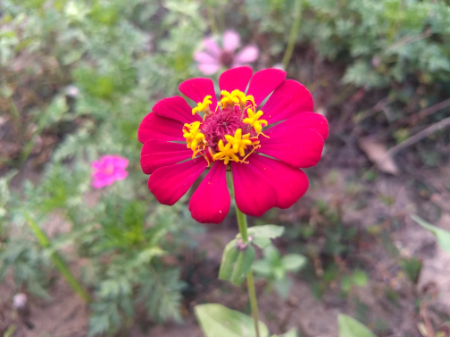
Zinnias are a type of flower that blooms in late spring and continues to bloom throughout the entire season until the first fall frost. They are particularly favored by hummingbirds, as they provide a consistent source of nectar.
Zinnias are versatile plants that can flourish in various soil types. They are low-maintenance and simple to grow, making them ideal for beginner gardeners. Regardless of location, most gardeners experience great success with zinnias.
If your garden is full of zinnias, you won’t need to use any hummingbird feeders.
Phlox
Another flower with is loved by hummingbirds is phlox. These flowers boast clusters of tubular flowers in various shades including purple, pink, and white.
Phlox is an easy-to-grow plant that produces large, captivating bundles of colorful blooms. Additionally, the fragrance of these flowers attracts bumblebees, butterflies, and hummingbirds.
Hummingbirds have a high metabolism and require flowers with abundant nectar. This beautiful bloom is the perfect fit for their needs.
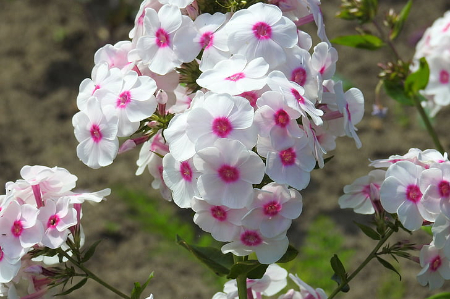
Phlox blooms in August and September. Also, during this time Hummingbirds require extra nourishment to prepare for their fall migration to their winter habitats in South America and Mexico.
The fragrance alone makes it worth having in your garden! With its deer-resistant properties and ease-of-care nature, it’s no wonder phlox has become a favorite among many gardeners.
Daylily
Daylilies are a popular choice among hummingbirds because certain species produce an abundance of large, tube-shaped flowers that are rich in nectar. Daylilies have high levels of sucrose, fructose, glucose, and other components in their nectar.
Hummingbirds feast on these flashy blossoms throughout mid-summer. These tough-as-nails perennials are deer resistant, making them easy-to-grow specimens that can tolerate a wide range of growing conditions.
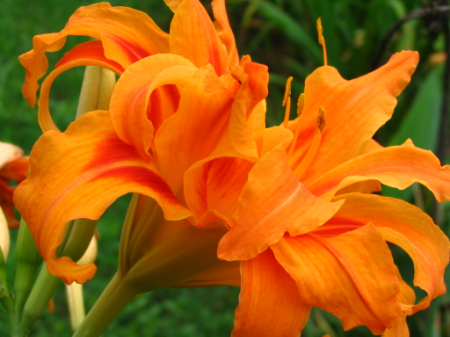
Daylilies are easy to grow, even in challenging climates, and require little maintenance. These flowers bloom for weeks, even months, providing a long-lasting source of food.
Lantana
When it comes to hardy, heat-resistant plants that thrive in dry conditions, Lantana is a sure winner. Their clusters of bright flowers are like magnets for both hummingbirds and butterflies.
Lantanas thrive in warm climates and are most suitable for planting in such regions. They flourish in hot and dry weather conditions.
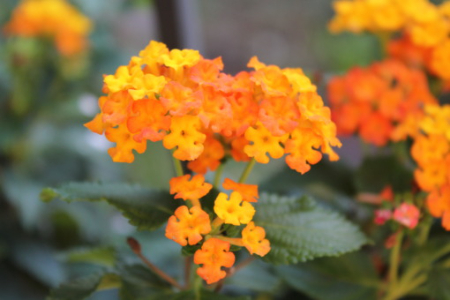
They are not likely to be grazed upon by deer, they are left untouched for the hummingbird;. Also, it is drought resistant and requires low maintenance to thrive.
Available in various colors including yellow, and purple; lantanas bring life to any garden landscape with their vibrant hues.
Catmint
Catnip may drive your cat wild but catmint drives hummingbirds into a frenzy. Its colorful tubular flowers grow on upright stems that reach up to 3 feet tall.
Catmint is part of the mint family, this plant features lacy flowers of white, pink, or lavender-blue.
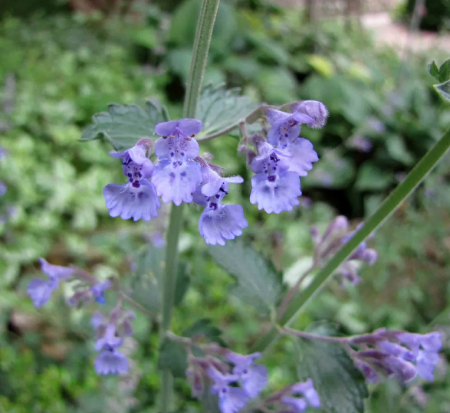
Catmint is a low-maintenance plant that is perfect for those who want a beautiful garden without the hassle. With its long-blooming period, resistance to heat, and deer resistance, it’s a great choice for any gardener. Additionally, hummingbirds are particularly fond of the plant’s blue blooms.
These low-maintenance perennials prefer well-draining soil and can withstand harsh winters without much fuss. Plant catmint in your yard for an impressive display of hummingbird activity!
Red Columbine
Last but not least on our list is the stunning red columbine flower. With its unique shape resembling little birds themselves, it’s no wonder these blooms attract hummingbirds from far and wide.
This perennial thrives in partial shade and prefers moist soil conditions. As an added bonus, columbines self-seed easily, giving you more flowers year after year.
Hummingbirds rely on the nectar of red-flowered columbines, which is rich in sugar and essential amino acids. Interestingly, the sugar content of this nectar is twice as high as that found in other native North American columbines.
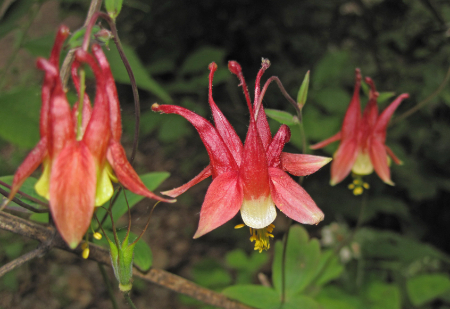
The Red Columbine plant boasts stunning yellow flowers during springtime. It can reach a height and spread of 1.5 to 2 feet, or 18 to 24 inches.
The plant’s attractive blooms attract butterflies and hummingbirds. Columbine can thrive in partial shade or full sun, making it a great addition to any garden or container.
Read More: How Long Do Hummingbirds Live? >>>
Attracting Hummingbirds Beyond Flowers
While these seven flowers will undoubtedly entice hummingbirds to visit your garden, there are other ways you can make them feel welcome! Consider placing hummingbird feeders around your yard filled with a nectar solution of sugar water (one part granulated sugar dissolved in four parts water).
This extra incentive will keep them coming back frequently for their favorite treat. Don’t forget about providing freshwater sources as well–small bird baths or shallow dishes will do the trick!


